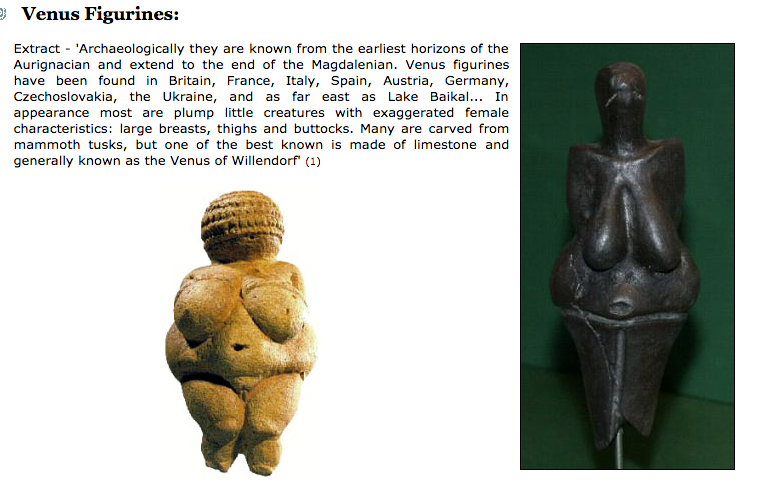Caves: Womb of the Earth Goddess
- The First Altar Ch 6
- Jan 3, 2019
- 3 min read
Equating the human vulva to cave entrances, our early ancestors felt earth was controlled by a goddess. Entering caves was to enter the womb of the Great Mother Earth.

“Caves represent a world hidden from view; they are dark and mysterious and dangerous. Magic or natural energy was thought to exist here. In myth and legend caves provided access to the supernatural. Like the spirits that inhabited them, caves harbored sources of power. They served as passageways from the earth to the underworld. Because caves were believed to be places of emergence, they became the center of the ancient world, and the goddesses coming forth were naturally in charge of fertility. As the womb of Mother Earth, the power found in caves was tremendous."
Jim Aarons, The First Altar

Daniel Snell Ancient Near East
10,000 to 8,000 BC was the mesolithic period. This is when we experienced a population explosion because of the advent of agriculture. A study conducted in Turkey in the 1950s showed that a small group could gather enough wild grain in six weeks of intensive work to supply their calorie needs for an entire year.
The earliest religions of the Middle East were goddess-centered. Fertility goddesses dominated early religion in this area.The survival of the group depended on keeping the ladies pregnant, and agriculture worked well be offering women a way to rear children while staying in one place to farm the homestead. This ensured adequate food as well as healthier prenatal diets and infant care.
The enhanced nutrition let people live longer, allowing elders to dispense seventy, even one hundred years knowledge of hunting places and practices. Even the Bible revels in this early agricultural population explosion, marveling at the hundreds plus years longevity of the earliest ancestors listed in Genesis, a book that was written seven thousand years after the Neolithic Revolution when animals and plants were domesticated.
Agricultural societies tended to associate the life-giving earth with a mother figure, and that idea made its way into religion. Since religion's original purpose was to try to appease the forces of nature and protect the people, it makes sense that farming people would develop goddesses as their major deities.
Sumerian myth is full of fertility goddess: Tiamat, Innana, Erishkigal. Egyptian religion has many similar figures. Since the identities of these similar goddesses often blurred, many scholars consider them to be one deity rather than several separate ones. This deity is often referred to simply as the Great Goddess.

“Fill me in, Marol. How are prehistoric caves related to this loss of women’s voice piece you are working on? This is prehistory, prewriting, pre-everything normal,” Katie laughed. “I don’t see how prehistoric cave art is related to ladies and religion.”
“What about people? Are any humans painted?” Rory asked.
“The only human image is a partial one, of a woman. Right at the very end of the Last Chamber a stalactite reaches four feet down from the ceiling. The scene is busy, adorned with black drawings of four lions, one horse, two mammoths, one musk ox, and a composition creature - half human and half bison - named the Sorcerer. Beside it there is drawn the front view of a woman's lower body with long tapering legs. Her pubic triangle and her vulva are clearly drawn. The Sorcerer's figure folds around and faces in to the pubic triangle. This is certainly a powerful composition, perhaps symbolizing a relationship between a mortal woman and a supernatural animal spirit.”

“But the sorcerer is half bison, not horse. Doesn’t that take away from your horse theme?”
“Possibly, but the inclusion of the female vulva sets up another idea I am toying with, the loss of woman’s voice in religion.”
"Loss of women's voice?" Katie asked. "It appears to me the female is revered. The only human form is that of a vulva, That shows how important ladies are."
"Precisely!" Marol replied. "Our first religious icon is female because women brought the babies. It wasn't until the bronze age, when weapons developed that the woman was removed from her religious position."
"Why? How did the change happen?" Katie asked.
"Up until weapons could be mass produced skirmishes between groups was limited, and not often fatal. That changed entirely in the Bronze Age with the invention of the sword and the spear. Possessing weapons allowed organized bands the ability to maraud and conquer strategic regions. This is when the role of women was greatly diminished."

Cyprus, First Altar Aphrodite's
Birthplace

or
or
or
Caves: Womb of the Earth Goddess, Chapter 6
lll


































Comments